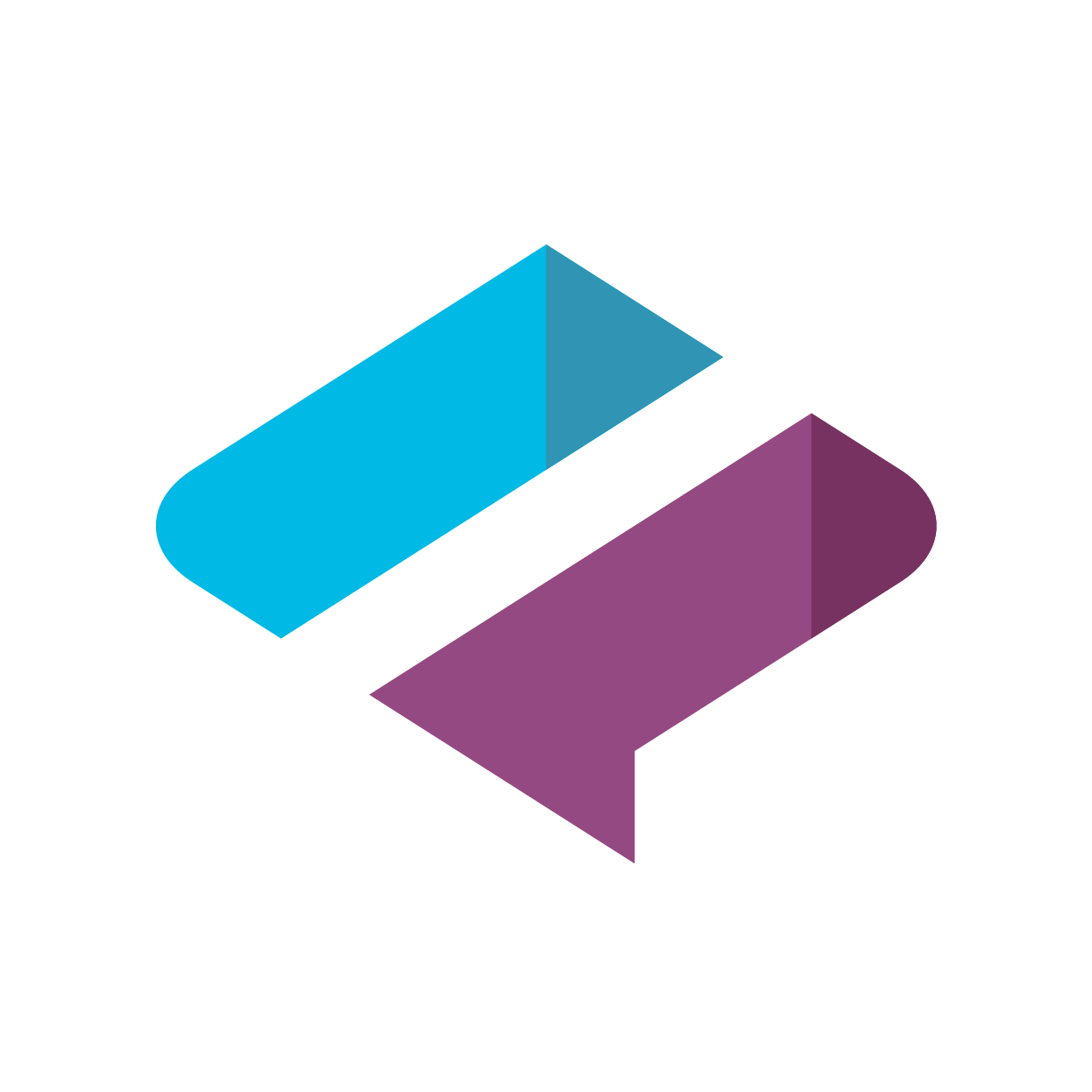Updated March 2021
A mega backdoor Roth is a supersized, employer-retirement-plan-facilitated version of the somewhat more ubiquitous backdoor Roth IRA, a method involving the conversion of a traditional IRA to a Roth IRA for taxpayers whose income exceeds contribution limits.
For those whose company-sponsored 401(k) or 403(b) plan meet two key conditions (more on that below), a mega backdoor Roth could allow additional savings each year (up to $38,500 or more) in highly tax-advantaged Roth IRA assets beyond the normal employee contribution limit of $19,500 (or $26,000 for those over age 50). Because the backdoor Roth IRA is limited to the amount of traditional IRA contributions that can be made each year ($6,000 for 2021, or $7,000 if over age 50), the mega backdoor Roth may potentially be more lucrative.
Why Is It Advantageous?
Investments held in Roth accounts offer tremendous tax benefits, including tax-free growth on your assets forever. The gains on Roth contributions and qualified distributions are tax free unlike money invested in a brokerage account subject to capital gains taxation and unlike qualified pre-tax contributions to a 401(k) or IRA, which are subject to ordinary income tax rates upon withdrawal. Assuming you contribute $30,000 each year, the savings is more than $20,000 in capital gains over a 30-year period for each year you pull off the contribution.
Additionally, Roth IRAs allow for greater flexibility with respect to access and penalty-free drawdown in early retirement. Savers at least 59½ years old (who have held their accounts for at least five years) can take distributions, including earnings, without penalty or taxation. Furthermore, the principal in a Roth IRA, meaning the contributions or non-earnings portion, can be withdrawn at any time, at any age, tax-and penalty-free. Holding assets in a Roth IRA also offers certain tax-diversification benefits, allowing for greater flexibility in managing taxation and withdrawal strategies in retirement.
Another benefit of Roth IRAs is that they are not subject to required minimum distributions (RMDs), as is required from traditional IRA or 401(k) accounts starting at age 72.
Finally, holding assets in a Roth account also creates further opportunity to increase tax efficiency by capitalizing on the benefits of asset location, which plays a crucial role in maximizing after-tax wealth.
Who Can Benefit From a Mega Backdoor Roth?
- Individuals already maximizing their regular 401(k) contributions ($19,500 in 2021, or $26,000 for employees over age 50) and meeting other savings priorities.
- Families and individuals whose income exceed the IRA limits for making direct Roth IRA contributions. In 2021, eligibility to make direct Roth IRA contributions begins to phase out at $125,000 in modified adjusted gross income (MAGI) for single filers and $198,000 in MAGI for taxpayers married and filing jointly.
- Individuals with existing pre-tax traditional IRA assets who might otherwise be precluded from making backdoor Roth IRA contributions without bumping up against pro-rata taxation rules. Note that if you do not have any existing pre-tax IRA assets, you may be able to execute both backdoor Roth IRA and mega backdoor Roth IRA savings strategies.
Key Conditions
If all of this seems too good to be true, there is a catch. Not all 401(k) plans are mega backdoor Roth friendly. To take advantage of the mega backdoor Roth, your employer-sponsored 401(k) plan must allow both of the following key conditions:
- The ability to make “after-tax contributions” to the plan above and beyond the $19,500 contribution limit for traditional pre-tax 401(k) or Roth 401(k) contributions. The combined employee contribution limit plus employer contribution limit for 401(k) and 403(b) plans in 2021 is $58,000 ($64,500 if age 50 or older). Note that some plans that allow after-tax contributions place a cap on after-tax contributions that may fall below IRS maximum contribution limits.
- The ability to make “in-service” distributions/rollovers outside of the plan and into a Roth IRA or into the Roth 401(k) component of the plan. If executed correctly, this provision allows for the after-tax funds to be converted to Roth assets on a virtually tax-free basis. Note that even if a plan offers after-tax contributions, it is not required to permit distributions of those contributions while the employee is still working.
When Should You Consider a Saving Strategy Other Than the Mega Backdoor Roth?
- If your plan does not allow for in-service withdrawals to a Roth IRA or a rollover to your Roth 401(k) of your after-tax contributions, then your opportunity to make a qualified distribution is delayed until you leave your job. If that is the case, you might want to reconsider this strategy as the earnings on your after-tax contributions will be taxable up to the point in time until they are converted or rolled into a Roth IRA or Roth 401(k).
- Individuals who may not earn enough income to make appropriately sized after-tax contributions to a mega backdoor Roth in addition to other savings vehicles should consider a different saving strategy.
- If you are a business owner and in a high-income tax bracket, it could make more sense to set up a Safe Harbor 401(k) with New Comparability Profit Sharing (versus pursuing a mega backdoor Roth), which can allow you to save a combined $58,000 of employee- and employer-profit-sharing contributions. The primary reason for this is that you are likely to be in a high enough tax bracket that the tax benefits of these pre-tax contributions likely outweigh the tax-free growth of a Roth IRA in the future. If you are unsure about whether your tax bracket is high enough that pre-tax would outweigh tax-free growth of a Roth IRA, you should talk with your financial advisor about which option is best for your situation.
How to Make It Work
Because the growth on after-tax contributions are taxable, the goal is to get as much money into the Roth account as quickly as possible. The ideal scenario would be to make a one-time, after-tax contribution that is rolled over to the Roth IRA or Roth 401(k) the very next day. Here is why that matters: You do not want after-tax assets to grow substantially before rolling them over, so smoothing the after-tax contributions over time should be avoided if possible.
The best approach is to strategically increase after-tax contributions over the fewest number of pay periods needed to reach the contribution maximum. Once the maximum contribution has been reached for the year, immediately initiate the in-service withdrawal to the Roth IRA. If your 401(k) or 403(b) plan allows for unique portfolio allocations across contribution types, invest the after-tax contributions in a money market fund during the contribution and rollover window to minimize taxable gains during that time.
Three Examples
Example 1
The Filer: A 51-year-old single filer making $185,000 year.
The Plan: Employer-sponsored-retirement plan meets both conditions for the mega backdoor Roth and contributes a 3% company match to the employee’s 401(k).

Example 2
The Filer: A 35-year-old married filer making $300,000 year.
The Plan: Employer-sponsored-retirement plan meets both conditions for the mega backdoor Roth and contributes a 6% company match to the employee’s 401(k).

Example 3
The Filer: A 45-year-old married filer making $450,000 year.
The Plan: Employer-sponsored-retirement plan meets both conditions for the mega backdoor Roth and contributes a 6% company match to the employee’s 401(k). After-tax contributions to the plan limited to $15,000 per the Summary Plan Description (SPD).

Could You Boost Your Tax-Advantaged Savings With a Mega Backdoor Roth?
Talk with your financial advisor to discuss your savings priorities and determine whether a mega backdoor Roth would be appropriate for your portfolio. The next step would be to confirm whether it is possible to use a mega backdoor Roth by reviewing a copy of the SPD from your 401(k) or 403(b) for plan eligibility.






